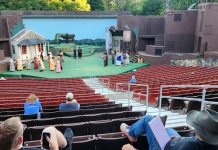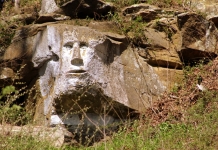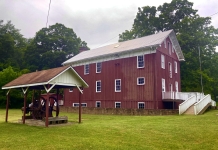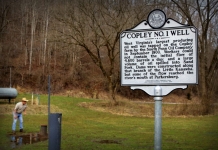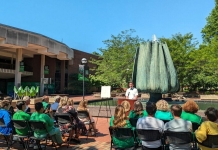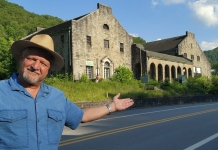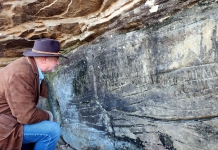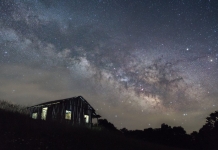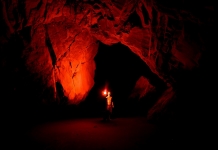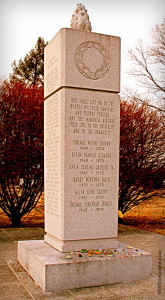
On November 14, 1970, at 7:36 p.m., Southern Airways Flight 932 crashed into a hill short of the runway of the Tri-State Airport at Ceredo, West Virginia, killing all 75 people on board. The plane, a Douglas DC-9, carried 37 members of the Marshall University football team, the Thundering Herd, along with eight members of its coaching staff, 25 boosters, and five flight crew members. The crash is widely considered to be the deadliest sports related tragedy in U.S. history.
The team was returning home to its campus in Huntington, West Virginia, after a 17–14 loss to the East Carolina Pirates at Ficklen Stadium in Greenville, North Carolina. Marshall teams rarely traveled by plane because most away-games were within driving distance of the campus.
At 7:23 p.m., the flight crew established radio contact with air traffic controllers and were advised that "rain, fog, smoke, and a ragged ceiling" had enveloped the airport. The pilots were given instructions to descend to 5,000 feet.
At 7:34 p.m., the crew reported that it had passed the airport's outer marker, and the controller gave them clearance to land. The aircraft descended normally, but did not hold at 1,240 feet, as was required by the assigned instrument approach procedure. Instead, it descended another 300 feet, and apparently no member of the crew saw the airport's lights or runway.
According to the National Transportation Safety Board, the flight collided with the tops of trees on a hillside 5,543 feet west of Runway 11 (now Runway 12). It dipped to the right, almost inverted, and crashed nose-first into a hollow 4,219 feet short of the runway. Enveloped in flames, it scorched a swath of ground 95 feet wide and 279 feet long. According to the board, the accident was "unsurvivable," and the fire was so intense that the fuselage was reduced to a "powder-like substance." The remains of six passengers were never identified.
In its final report, the board concluded that the probable cause for the wreck was "the result of a descent below Minimum Descent Altitude during a non-precision approach under adverse operating conditions, without visual contact with the runway environment.
"The Board has not been able to determine the reason for the [greater] descent, although the two most likely explanations are an improper use of cockpit instrumentation data or an altimetry system error." Read full report: Flight 932 Accident Report.
The authors of "The Marshall Story: College Football's Greatest Comeback" also postulate that water had seeped into the plane's altimeter and thrown off its readings, leading pilots to believe the aircraft was higher than it was.
The Aftermath
The crash almost led to the discontinuation of the university's football program. Classes at Marshall were canceled and government offices were closed. A mass funeral was held at the university Field House. Many of the dead were buried at the Spring Hill Cemetery in Huntington.
A committee appointed by the university decided to raise three memorials to the tragedy -- a principal memorial within the campus, a memorial garden at Fairfield Stadium, and a granite cenotaph at the Spring Hill Cemetery. Twentieth Street, which leads from the cemetery to the campus, was renamed Marshall Memorial Boulevard.
The Memorial Student Center at Marshall was also dedicated, and on November 12, 1972, its memorial fountain was completed. Each year, on the anniversary of the crash, the fountain is shut off during a commemorative ceremony and not activated again until the following spring.
In 2005, the "We Are Marshall Memorial" was dedicated at the west facade Joan C. Edwards Stadium. In 2006, a memorial plaque was dedicated at the crash site. Another plaque memorializing the team was dedicated at the guest-team entrance of Dowdy-Ficklen Stadium at East Carolina University in Greenville.
Two films that concern the crash have been since been released. A documentary "Marshall University: Ashes to Glory," by Deborah Novak and John Witek, examines the crash and the subsequent recovery of the Marshall football program. "We Are Marshall," by McG, dramatized the crash and its repercussions, and starred Matthew McConaughey and Matthew Fox.
Visit the Marshall University memorial site here.

